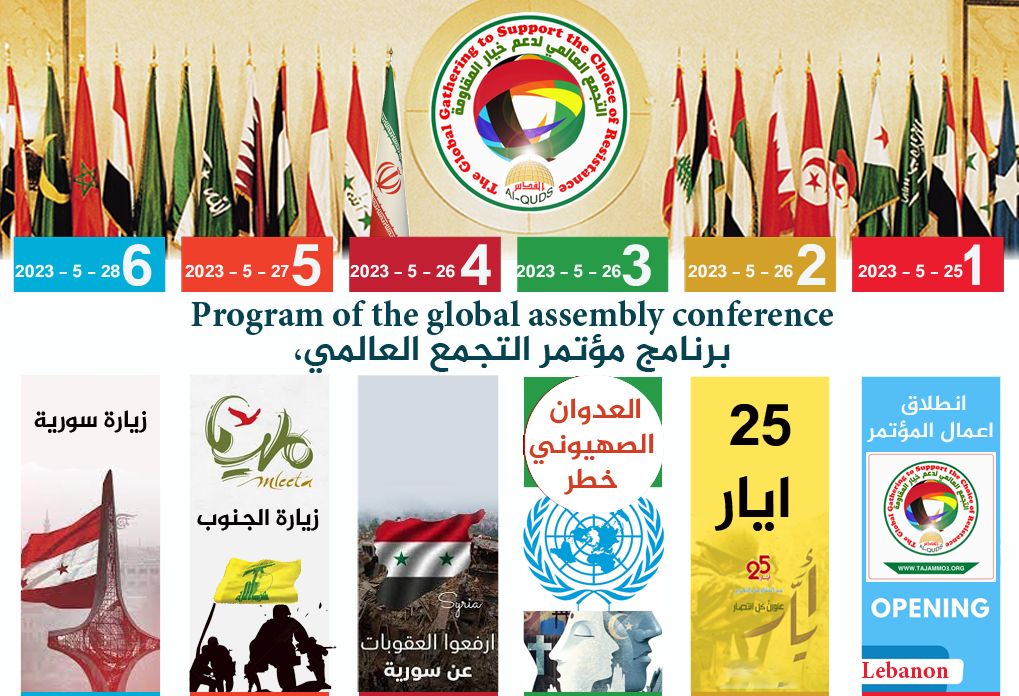Will a Gaza Ceasefire be as Successful as the Two-state Solution? by Paul Larudee / May 8th, 2024

Will a Gaza Ceasefire be as Successful as the Two-state Solution?
by Paul Larudee, General Coordinator of the GGSCR in United States / May 8th, 2024
Who proposed a two-state solution? Not the Palestinians. Not Israel. It was conceived in the young United Nations, and proclaimed there in November, 1947. But it was never successfully implemented, despite on-and-off negotiations continuing for the better part of a century. The Zionist leadership briefly promoted it prior to the 1947 UN vote, but only to gain legitimacy for its intentions to implement Plan Dalet for the ethnic cleansing of Palestine and its independent proclamation of the state of Israel six months after the UN vote. The closest the Palestinians came to accepting the solution was a “Roadmap“, that was never seriously pursued but which created the quisling Palestinian Authority.
Let’s be honest. The two-state solution was never proposed by either side, and never wanted by either of them. The Palestinians always wanted a single non-Zionist state from the river to the sea, and the Zionists wanted the river to the sea exclusively for their state. The two-state solution was a fantasy imposed by the colonial West to get the British off the hook and use the Zionists to their domestic advantage. Nevertheless, both the Zionists (Israel) and the Palestinians thought that they could best gain their ends by working through the post-colonial UN/Western power structure and its insistence – genuine or otherwise – on a two-state solution. It has been purposely deadlocked ever since, because the West continues to promote the two-state solution while the Palestinians and Israelis have little or no interest in actually implementing it. In fact, everyone seems to have a different idea about what the two-state solution should look like, which also changes over time.
A lot of the same applies to the idea of a ceasefire between Israel and the Palestinian resistance, led by Hamas. True, they came to a brief, temporary agreement in November, 2023, but that was for very limited objectives and was neither intended nor expected to be permanent. The idea of a permanent ceasefire, promoted by peace groups and millions of demonstrators worldwide, as well as the UN, sounds like a great idea until you get to the details of what it entails and how to implement it. Everyone agrees (or will at least pay lip service) to stopping the killing of civilians, providing massive humanitarian aid and releasing captives. But then what? The ceasefire cannot be permanent without resolving questions of the status of Gaza and the rights it will enjoy.
Those questions place the aims of Israel and the Palestinian resistance completely at odds and largely irreconcilable. Prior to October 7th, Hamas had been preparing its strategic capability for years, creating the technology and resources for a sustained, effective resistance against the Israel occupation, not merely occasional actions. The decision to finally launch the operation was due to multiple factors, but a major one was the increasing marginalization of the Palestinian cause and its potential abandonment by former ostensible supporters, such as the Arab countries that concluded “normalization” agreements with Israel. The proximate prospect of just such an agreement between Israel and Saudi Arabia plus the advanced state of readiness of the resistance forces may have been the deciding factors for the launching.
As for Israel, if its intelligence was not, in fact, taken by surprise but actually expecting the revolt, it had reasons for inviting it. First, the Zionist leadership had for many years been concerned that the Palestinian population was becoming greater in number than that of Jews in what it often calls “greater Israel”, including both Israel and the occupied territories under its control: the West Bank, Golan Heights and Gaza Strip, plus small bits of Lebanon, Saudi Arabia and Egypt. This was intolerable to the Zionist leadership, and interfered with their intentions to annex those territories. They would therefore welcome a pretext to reduce that population, by whatever means necessary.
Second, while Israel has been gradually confiscating Palestinian lands and establishing Jewish settlements in the West Bank, no such effort is being made in Gaza. In fact, by evacuating the Jewish settlements in 2005 and making Gaza a sealed concentration camp of 2.3 million Palestinians, it guaranteed a ferment of Palestinian nationalism and resistance. Israel would prefer to simply be rid of it – but not the land, only the people. A revolt in Gaza would offer the opportunity to expel or exterminate the population while keeping the land.
Third, the discovery and partial mapping of a large natural gas field in Gaza waters became a powerful motive for creating a means for laying claim to both the land and its resources. From a strategic as well as economic point of view, the Israeli leadership felt unsurprisingly compelled to avoid allowing the prize to fall into Palestinian hands, and to keep it for themselves.
Finally, Israeli Prime Minister Benjamin Netanyahu is highly motivated to remain in power, partly because he avoids prosecution for corruption by doing so, but also in order to become a national hero by “redeeming” another portion of “Eretz Israel” (land of Israel), through genocide and ethnic cleansing. The revolt by Hamas and the rest of the Palestinian resistance provides the pretext for implementing such a plan through genocide and ethnic cleansing, then annexation.
The potential motives of the two sides for a ceasefire are thus totally different, if they exist at all. For the resistance it is national liberation, freedom, independence and complete sovereignty, comparable to any other nation on earth. They are aware that it will require huge sacrifices for the Palestinian people, but neither the leaders of the resistance nor the people of Gaza will accept to return to the status quo ante (or worse). These aims are clear in the three-stage ceasefire proposal that Hamas accepted on May 6, 2024. That proposal culminates in a sovereign, independent Gaza, in total control of its economy, security and international relations.
Israel, on the other hand, requires the elimination of Hamas as a minimal condition for a ceasefire. But even if Hamas agreed to disband, many if not most of its adherents would refuse to do so, and continue, if only under a new name, which Israel would also seek to eliminate. It is a disingenuous requirement, because Israel merely wishes to block a ceasefire and get on with eliminating the population.
How will it end? I’m sorry to say that Israel may have its genocide, with the invasion of Rafah as the next phase, and even the trickle of food and relief supplies being closed. Other than Yemen, there is no evidence that any nation will intervene to stop the carnage or bring relief to the starving people of Gaza. But as I wrote four months ago, genocide will neither save Israel nor stop Hamas and the rest of the Palestinian resistance. Israel is a pariah state as never before, with countries abandoning it on a scale unseen since its founding. Even its support among diaspora Jews is withering, and Israeli Jews are fleeing the country by hundreds of thousands since October 7th. The settlements in the north and south have been evacuated, with many of the former inhabitants living in temporary housing in the larger Israeli cities or joining the exodus abroad. Many businesses have closed. Only the lifeline to the US keeps Israel afloat. But for how long?
Hamas, on the other hand, is at its most popular, enjoying unprecedented support in all of Palestine and beyond, and receiving more recruits than it can train. There is no sign that it is flagging, and every indication that it can carry on indefinitely.
It is unwise to underestimate either side, but if this is a fight to the finish, it may turn out to be Israel’s third defeat, after the ones in Lebanon in 2000 and 2006, and clearly more consequential. It is an open question who will be left standing at the end of Israel’s current struggle with Hamas, even if the victory is pyrrhic for the survivor.
